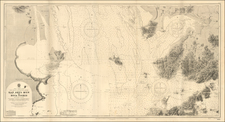Fascinating Russian map of the Northwestern Pacific Ocean, extending from Japan and Korea in the West to Alaska in the East, reflecting Russian Naval Survey operations on the even of the Russo-Japanese War (1904-1905).
The map was drawn by N. Kondiakov and reviewed by Captain Bronnikov of the Russian Maritime Ministry. The map charts the explorations of the Russian Maritime Ministry in 1901 (red) and 1902 (blue), including explorations along the coastlines of Korea and China (primarily around the Liaodong Peninsula), at a time when Russia was actively seeking a warm water port as an alternative to Vladivostok. The surveys identified on the map focus primarily on the regions being charted and later occupied by the Russians, which raised tensions with Japan and led to the Japan's declaration of War against Russia in January 1904.
By the 1890s, Russia stretched from Poland in the west to the Kamchatka peninsula in the East. With the construction of the Trans-Siberian Railway to the port of Vladivostok, Russia hoped to further consolidate its influence and presence in the region, an ambitiion feared by the Japanese, who regarded Korea and Manchuria as a protective buffer. As a result of Japan's success in the First Sino-Japanese War (1894-1895), the Treaty of Shimonoseki ceded the Liaodong Peninsula from China to Japan.
Soon after the Treaty was signed, Russia, France and Germany forced Japan to withdraw and Russia in turn occupied the Liaodong Peninsula and constructed Port Arthur, where it relocated its primary fleet in the Pacific, while Germany also set up a base of operations in Jiaozhou Bay. In December, 1897, the Russian fleet appeared off Port Arthur. After three months, in 1898, China and Russia negotiated a convention by which China leased Port Arthur to Russia, along withTalienwan and the surrounding waters. A year later, to consolidate their position, the Russians began to build a new railway from Harbin through Mukden to Port Arthur. The development of the railway became a contributory factor to the Boxer Rebellion, and Boxer forces burned the railway stations at Bob and Roy.
The Russians and the Japanese were both part of the eight member international force sent in 1900 to quell the Boxer Rebellion and relieve the international legations under siege in Beijing. As with other member nations, the Russians sent troops into Beijing. Russia had already sent 177,000 soldiers to Manchuria, in part to protect its railways under construction. The troops of the Qing empire and the participants of the Boxer Rebellion could do nothing against this massive army. As a result, the Qing troops were ejected from Manchuria and the Russian troops settled in. Russia assured the other powers that it would vacate the area after the crisis. However, by 1903, the Russians had not yet established any timetable for withdrawal and had actually strengthened their position in Manchuria. Over the course of the next 12 months, Japan and Russia negotiated unsuccessfully, leading to a declaration of War by Japan on February 8, 1904. The War lasted until January 1905 and resulted in the surrender of the Russians and termination of its presence in the area around Korea and Manchuria.









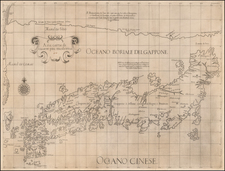
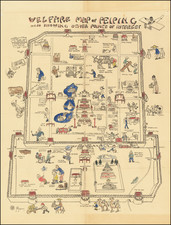
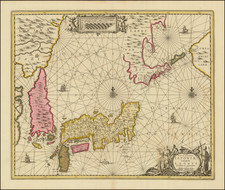
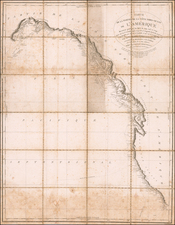
![[Hong Kong / Macao / Canton] Asie No. 98. Partie de La Chine](https://storage.googleapis.com/raremaps/img/small/64115.jpg)
